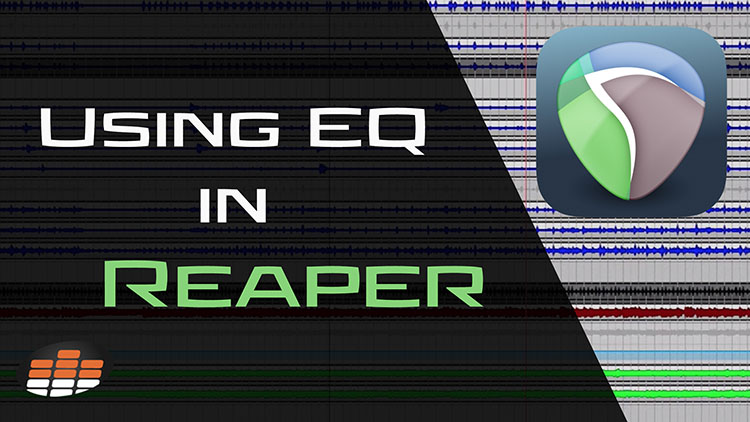Glenn Fricker is one of YouTube’s most well known audio engineers and educators, with millions and millions of views on his recording and mixing tutorials. Glenn has been professionally recording since 1997, and in 2004 he won “Album of The Year” in Unrestrained Magazine. Over the last 20 years, Glenn has worked with artists from all over the world in a variety of genres, from death metal to pop punk.
Currently residing in his second self-built studio, Glenn places an emphasis on human performance and live drums. He tends to reject modern recording crutches like pitch correction, over-mastering, and time alignment. His unique approach, personality, and skills have garnered him a worldwide following of over three hundred thousand!
In this lesson, Glenn shows you how to EQ metal guitar in Reaper!
Reaper’s built-in plugin suite is fantastic.
Called the ReaSuite, Reaper comes fully loaded with its own plugins so you don’t have to worry about purchasing third-party software right away!
The ReaEQ is a particularly great EQ with the ability to add as many bands as you want. Its default is 4, which is a perfect starting point, but you can tailor the plugin to your liking! ReaEQ also has a frequency analyzer helping you pinpoint where to make certain EQ moves.
Start by loading an instance of ReaEQ on the desired track or bus. In this segment, Glenn has his guitar tracks routed to a bus so he can EQ all of them at once. Using a high-pass filter at 90 Hz, he gets rid of excess low end in the guitars which was making them sound muddy.
High and low shelf settings work like the bass and treble controls on your home stereo, turning up or down all of the highs or lows past the selected frequency
.
The notch setting is for surgical EQ to remove frequencies you really don’t like. Use the notch with a big boost to “sweep” for unpleasant frequencies and pull them down.
Band is most used for basic EQ moves like cuts and boosts. A general rule of thumb is to use wide bands when boosting and narrow bands when cutting. The width of the band can be adjusted using the “Bandwidth” parameter on ReaEQ.
There’s really no right or wrong way to EQ–only what sounds good given the source material!





